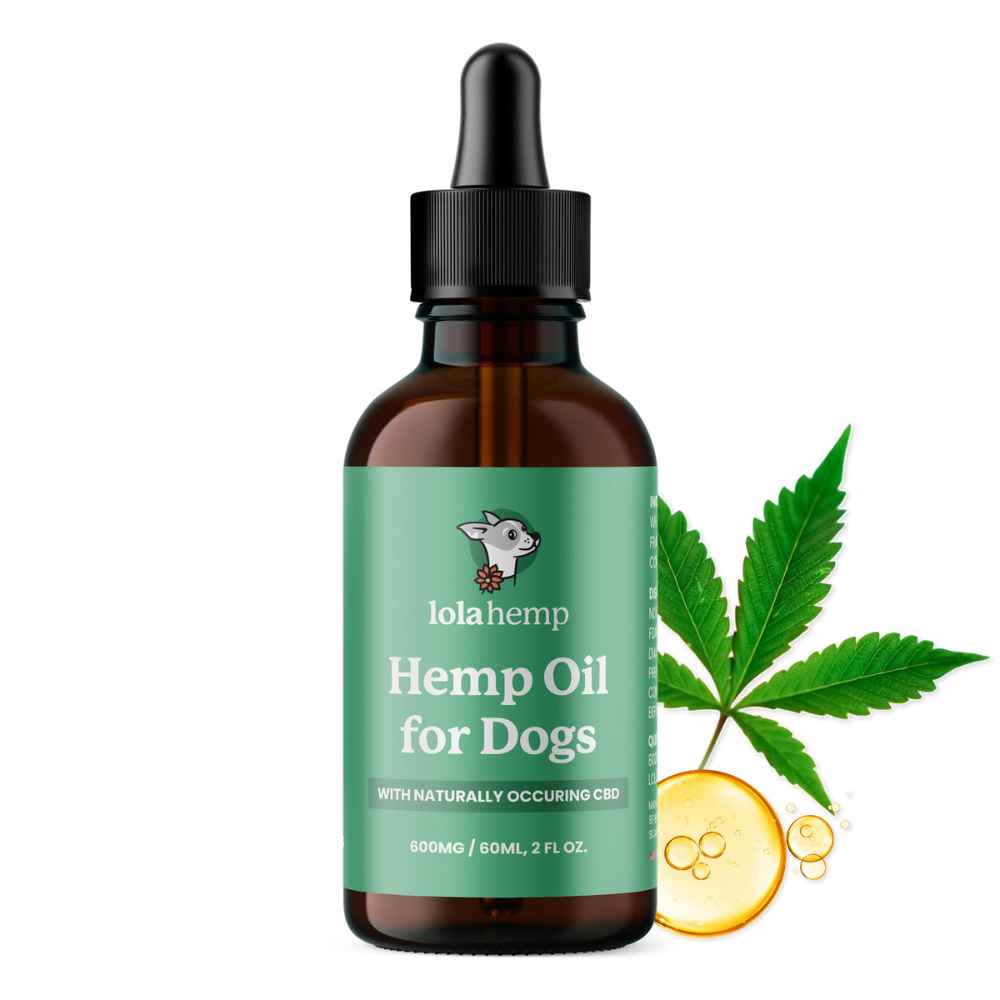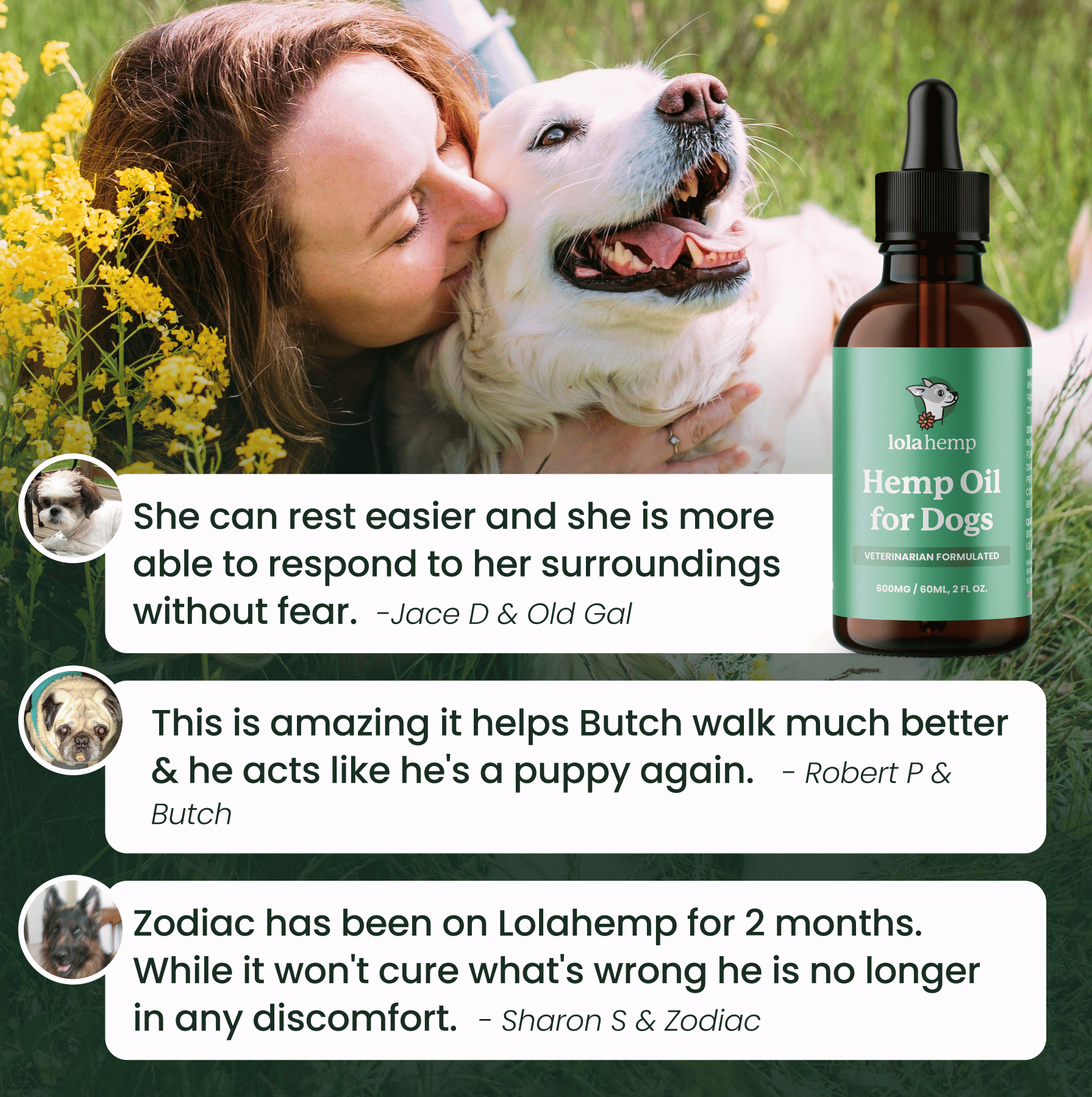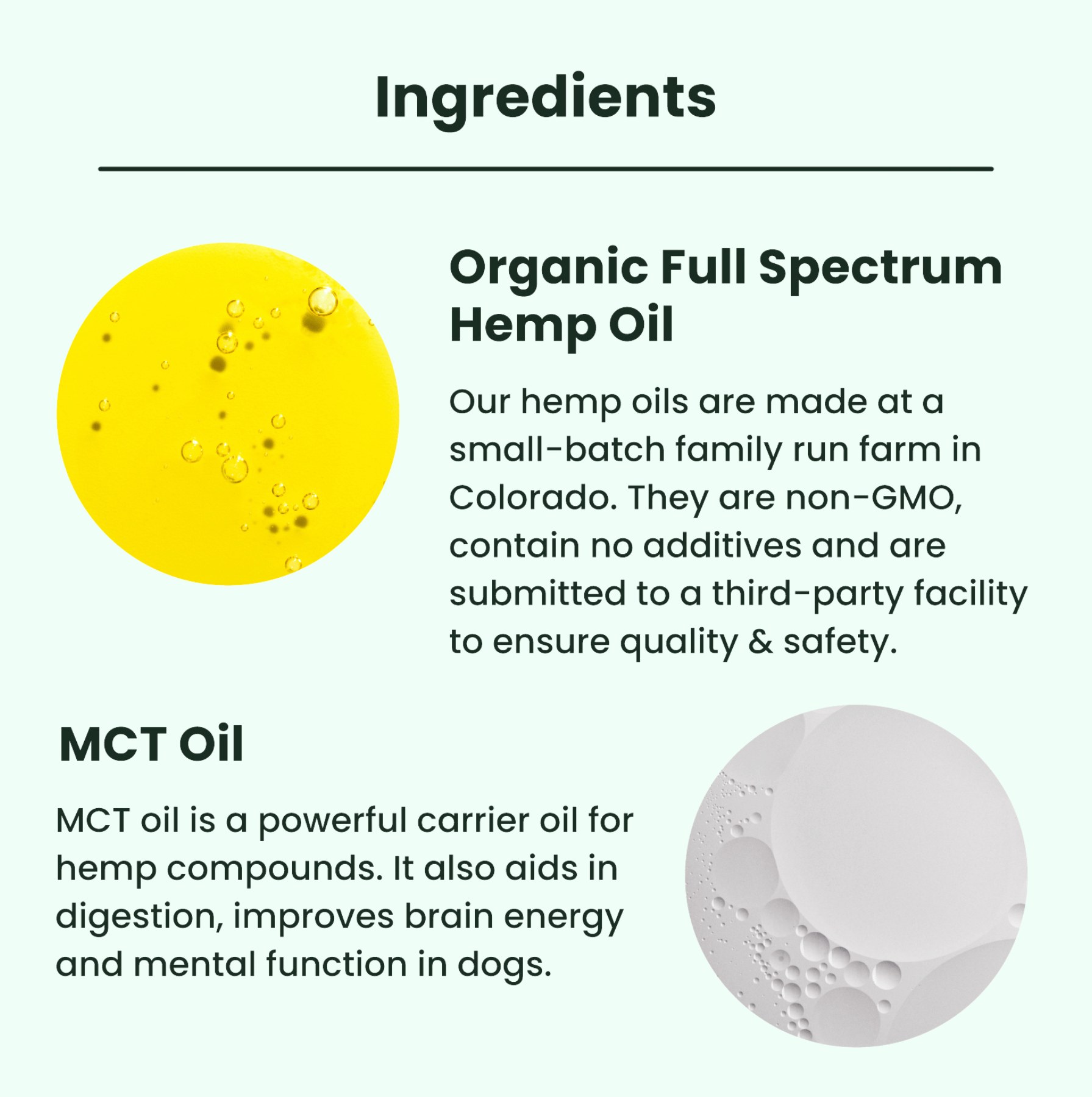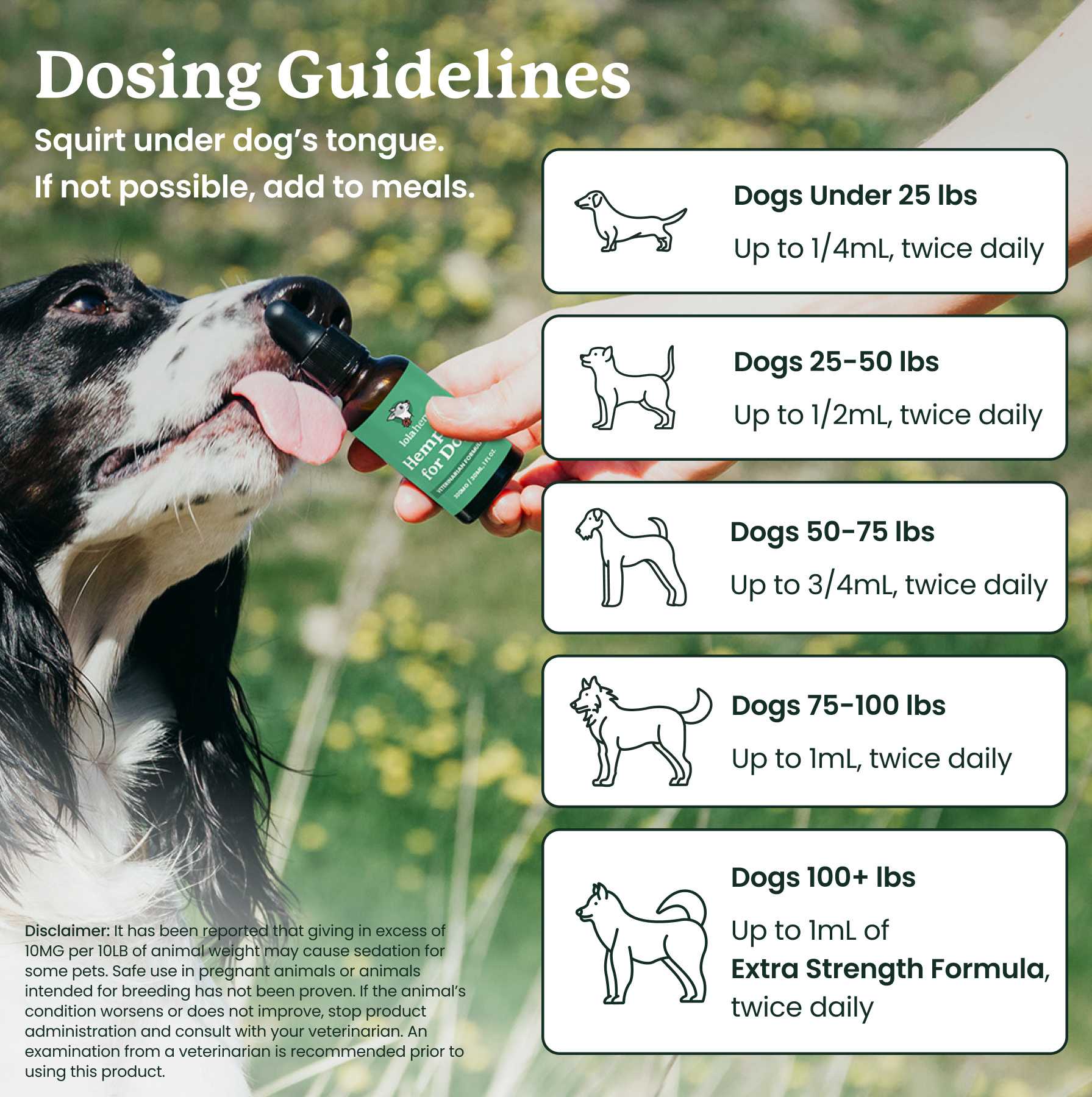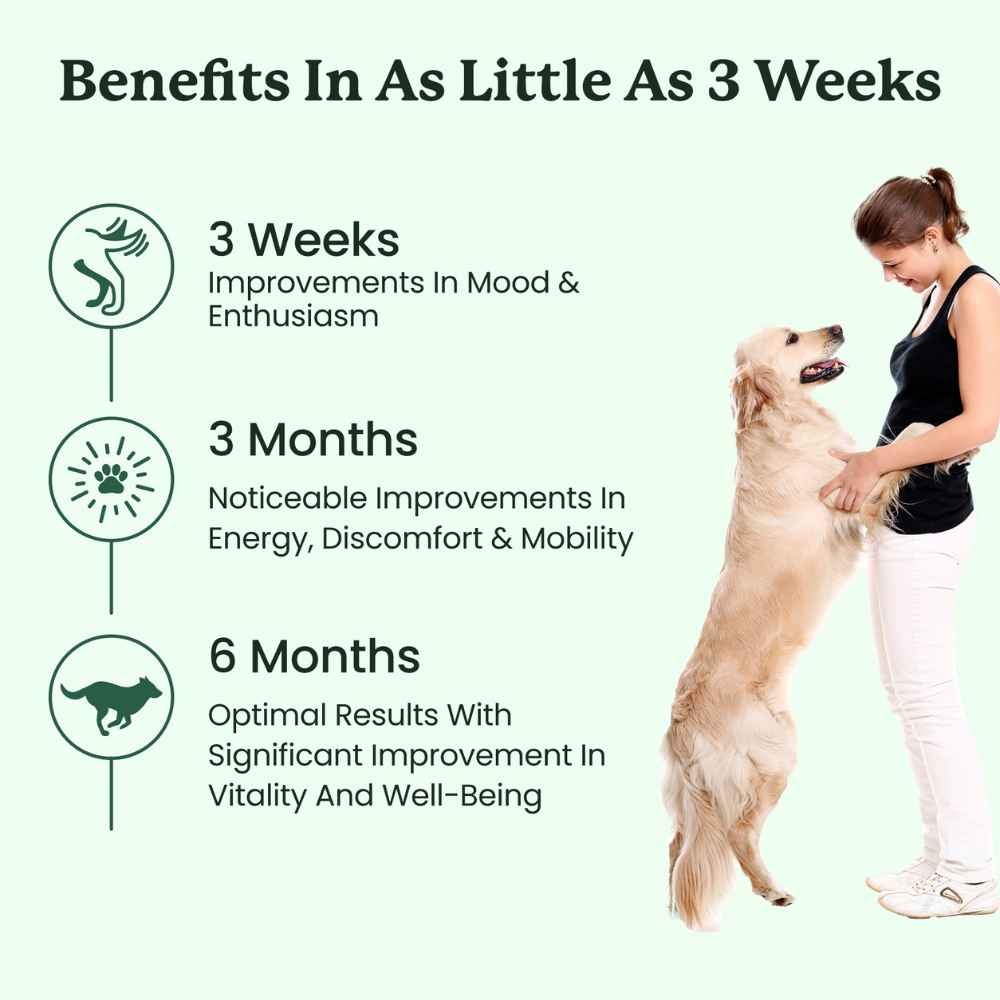Labored breathing, also known as dyspnea, occurs when a dog struggles to breathe or feels short of breath. This condition is different from tachypnea, which refers to rapid but otherwise normal breathing, such as panting after exercise. Recognizing labored breathing early is essential, as it can indicate serious health issues of the joints, internal organs, and more.
This article discusses labored breathing in dogs, its causes, solutions, and outcomes.
Symptoms of Labored Breathing in Dogs
There is a difference between normal heavy breathing after exercise or activity and actual labored breathing. If your dog's breathing is consistently labored, it is likely a sign of an underlying issue. Proper labored breathing often accompanies other associated symptoms.
If your dog is experiencing labored breathing, you may notice one or more of the following signs:
- Persistent cough, especially at night
- Rapid respiratory rate (over 40 breaths per minute)
- Neck stretched out while breathing
- An unusually hoarse bark
- Restlessness or pacing
- Constant panting, even at rest
- Blue-tinged gums or tongue
- Belly heaving noticeably during breathing
Common Causes of Labored Breathing in Dogs
There are many potential causes of labored breathing in dogs, ranging from minor issues to life-threatening conditions. While the conditions below can lead to labored breathing in your dog, it's important not to self-diagnose your dog's issue. It's important that you visit your dog's veterinarian to diagnose your dog's issue accuraltely.
Below are some common causes:
- Asthma: Inflammation in the airways can make breathing difficult.
- Heart Failure: Reduced heart function can cause fluid buildup in the lungs.
- Pneumonia: Lung infections can lead to coughing and difficulty breathing.
- Upper Airway Obstructions: Growths or foreign objects may block airflow.
- Exposure to Toxins: Certain chemicals or allergens can irritate the lungs.
- Trauma: Injuries to the chest or diaphragm can affect breathing.
What to Do If Your Dog Has Trouble Breathing
Labored breathing is a veterinary emergency. This is an issue you need to deal with immediately for the sake of your dog's health. If you notice any symptoms, take the following steps:
- Keep your dog calm and minimize their activity.
- Ensure they have access to fresh air but avoid exposing them to cold drafts.
- Check for other symptoms, such as blue gums or frothing at the mouth.
- Contact your veterinarian immediately and describe the symptoms in detail.
Diagnosing & Treating Labored Breathing in Dogs
Your veterinarian will perform a thorough examination to determine the underlying cause of your dog's breathing difficulties. Common diagnostic tests include:
- Chest x-rays to identify lung or heart issues
- Blood tests to detect infections or metabolic problems
- Echocardiogram to evaluate heart function
Treatment options vary depending on the diagnosis and may include:
- Oxygen therapy to stabilize breathing
- Medications such as steroids or bronchodilators to reduce inflammation
- Diuretics to manage fluid buildup in the lungs
- Surgery if a physical obstruction is present
How to Prevent Breathing Issues in Dogs
While some causes of labored breathing are unavoidable, there are steps you can take to reduce the risk. There are many things you can do to prevent the underlying issues that lead to labored breathing in dogs, but the most important thing is to keep your dog active and feed them a healthy diet.
The following are a few more things you can do to maintain your dog's health and avoid labored breathing:
- Ensure your dog is up-to-date on vaccinations to prevent infections.
- Avoid exposure to toxins, smoke, or allergens.
- Maintain a healthy weight for your dog to reduce stress on their respiratory system.
- Schedule regular veterinary check-ups to catch potential issues early.
Conclusion
Labored breathing in dogs is a serious condition that requires prompt veterinary attention. By recognizing the symptoms, understanding potential causes, and taking preventative measures, you can help your dog breathe easier and stay healthy. If your dog is experiencing trouble breathing, contact your veterinarian immediately to ensure they receive the care they need.
Note: The information in this article is for educational purposes only and does not replace professional veterinary advice. Always consult your vet for specific medical concerns regarding your pet.
Labored Breathing in Dogs – Frequently Asked Questions
Is labored breathing in dogs an emergency?
Yes. Labored breathing is always considered a veterinary emergency and requires immediate evaluation.
What is the difference between labored breathing and panting?
Panting is fast but effortless breathing, often after activity. Labored breathing involves visible struggle, belly effort, or extended neck posture.
Can allergies cause labored breathing in dogs?
Yes. Allergens, smoke, or environmental triggers can irritate the airways and contribute to breathing difficulty.
How many breaths per minute is concerning for a dog?
A resting respiratory rate over 40 breaths per minute may indicate a problem and requires prompt veterinary attention.
What should I do at home if my dog is struggling to breathe?
Keep your dog calm, provide fresh air, avoid stress or exertion, and call your veterinarian immediately.

